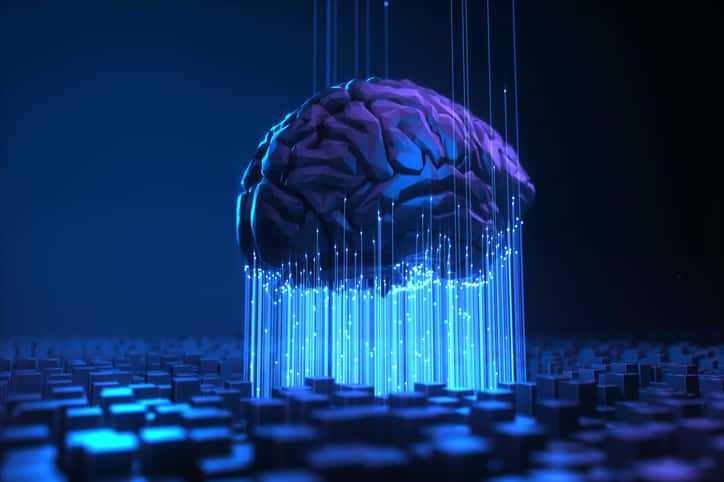Generative Artificial Intelligence (Generative AI) represents a significant advancement in the field of artificial intelligence, introducing capabilities that go beyond traditional data analysis and pattern recognition. By utilizing advanced algorithms and neural network architectures, Generative AI has the unique ability to generate new content, ranging from images and text to complex data structures and even functional code. This capacity not only paves the way for new avenues of creativity and innovation but also presents distinct challenges and ethical dilemmas that require careful consideration.
Exploring Generative AI Mechanisms
At the heart of Generative AI are its sophisticated models and algorithms, each with specific characteristics and applications:
- Generative Adversarial Networks (GANs): GANs, with their adversarial setup involving a generator and a discriminator, continuously create and evaluate outputs, leading to the generation of high-quality images and videos. This approach excels in producing outputs that closely resemble real data, pushing the boundaries of content creation.
- Variational Autoencoders (VAEs): VAEs excel in understanding and encoding data distributions, facilitating the generation of new data points that share similarities with the original dataset. This model is particularly useful in fields that require exploration of extensive data spaces, such as drug discovery and design.
- Transformer Models: Transformer models have transformed natural language processing by enabling the generation of coherent and contextually relevant text. These models are versatile and have found applications in various domains, including image generation.
Impactful Applications of Generative AI
Generative AI has diverse and transformative applications across industries, reshaping traditional processes and fostering creativity:
- Creative Arts and Media: Generative AI is being used in the creative arts to compose music, write stories, and create art, challenging conventional notions of innovation and the role of AI in artistic expression.
- Design and Architecture: Architects and designers leverage Generative AI to explore novel design possibilities, creating innovative structures and forms that push the boundaries of imagination and functionality.
- Synthetic Data for AI Training: Generating synthetic data addresses data scarcity and privacy concerns, enabling AI model training in scenarios where real data is limited or sensitive.

Addressing Challenges and Ethical Considerations
Despite its advancements, Generative AI poses challenges, particularly in terms of ethics and societal impact:
- Deepfakes and Misinformation: The realistic outputs of Generative AI raise concerns about deepfakes and misinformation. Developing detection methods and legal frameworks to combat misuse is crucial.
- Ethical Use and Bias Mitigation: Ensuring ethical use involves addressing biases in training data and models. Creating transparent and fair AI systems is essential for maintaining trust and integrity.
- Sustainability: The environmental impact of training large AI models is a growing concern. Optimizing computational efficiency and exploring sustainable practices in AI development are crucial for reducing the carbon footprint of Generative AI technologies.
Future of Generative AI: Ethical Frameworks and Sustainable Innovation
The future of Generative AI will be shaped by ongoing research, ethical considerations, and governance frameworks promoting responsible use. Collaboration among stakeholders is key to ensuring Generative AI benefits society while safeguarding against potential harms.
- Cross-disciplinary Collaboration: Collaborating across disciplines ensures holistic approaches to Generative AI development, integrating ethical, social, and technical considerations into AI systems.
- Advancements in AI Safety and Security: Research into robust and transparent AI models is vital for ensuring the safety and security of Generative AI. Building trust through explainable AI models is crucial for ethical AI use.
Conclusion
Generative Artificial Intelligence opens up new possibilities for innovation and creativity across various domains. As we explore its potential, it is essential for the AI community to develop and deploy these technologies with ethical integrity, transparency, and a focus on societal well-being. Embracing the challenges and opportunities presented by Generative AI can lead to a future that combines human creativity with machine intelligence for the greater good.


